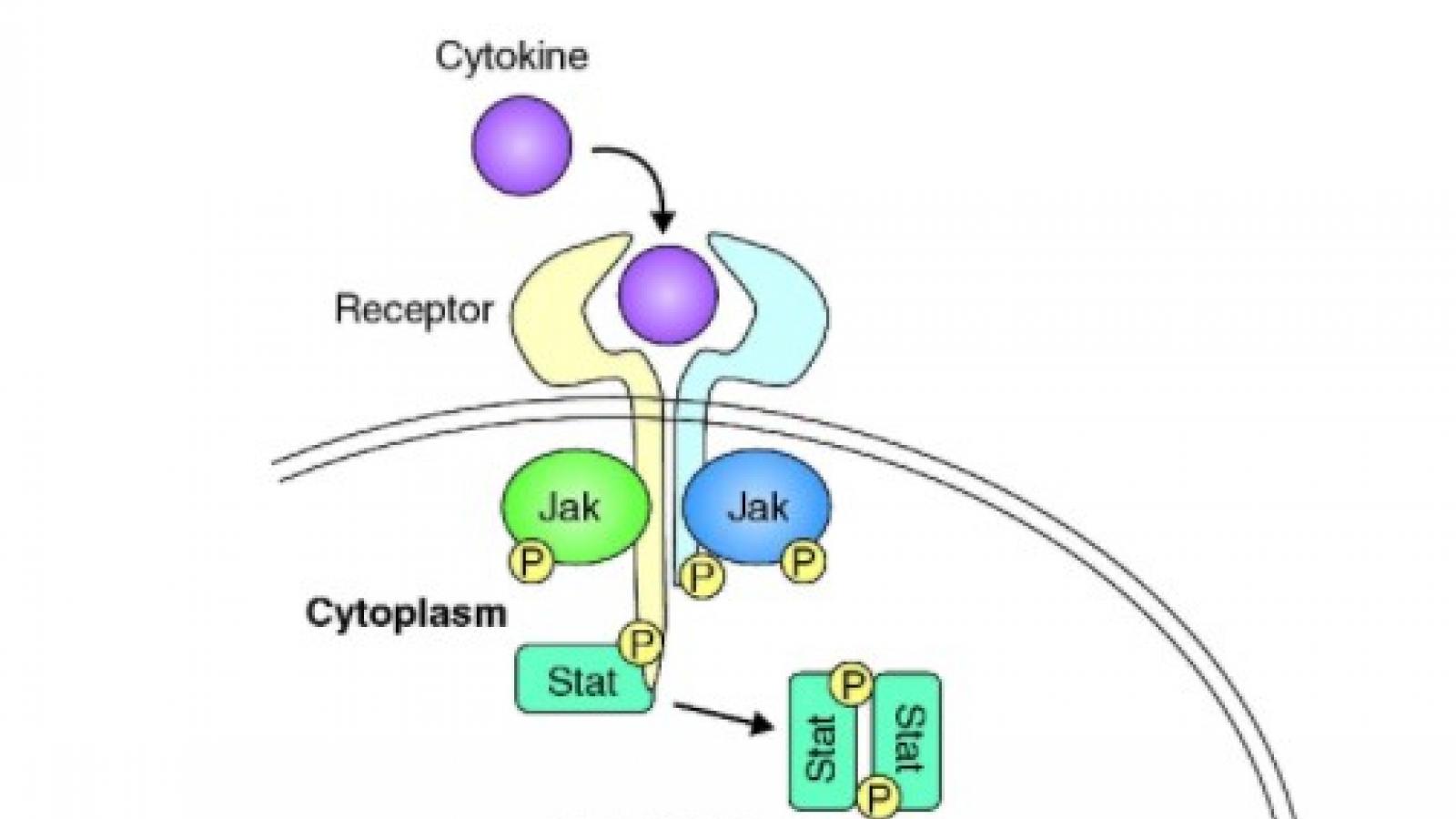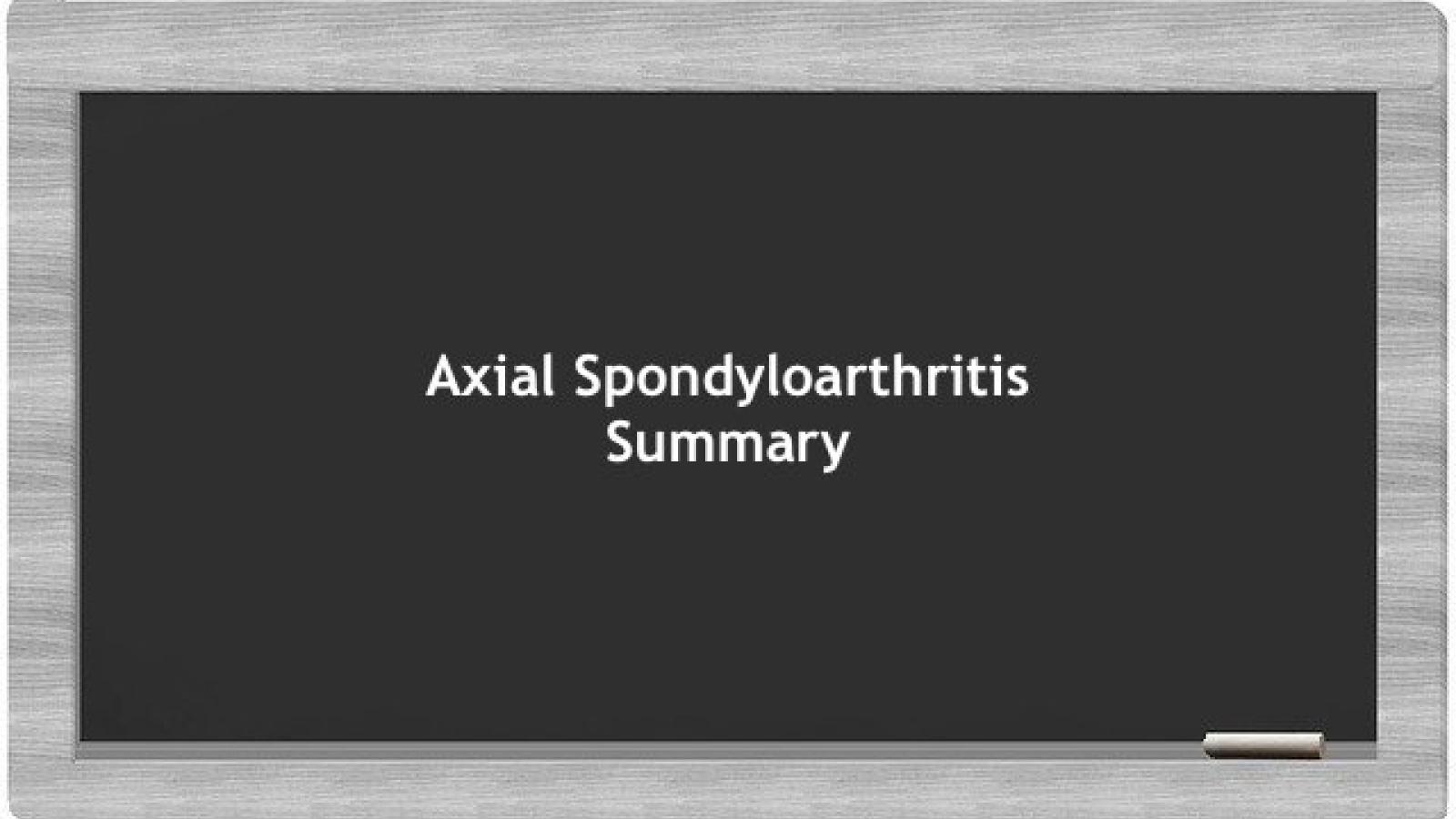TNF inhibitor
Pyoderma gangrenosum (PG) is rare, but often associated with different forms of arthritis, in particular rheumatoid arthritis and inflammatory bowel diseases.
There are still questions surrounding COVID-19, and some common questions I receive from patients revolve around what to do with their current DMARDs or should they even start treatment during this pandemic. Two studies focused on this question.
The American College of Rheumatology applauds the Federal Trade Commission’s decision to investigate the business practices of pharmacy benefit managers (PBMs), which continue to increase PBM profit margins while placing the burden of skyrocketing drug costs on America’s most vulnerable patients, including those living with chronic and severe rheumatic diseases.
What can we learn from Oral Surveillance?
The Oral Surveillance trial has almost become a household word for rheumatologists.
Differences across genders in many aspects related to rheumatic diseases diagnosis, phenotyping, trajectories definition and prediction of response to treatment have been overlooked. Two abstracts have shed light on relevant gender-based differences in AxSpA assessment or treatment.
This year at EULAR 2022, there were important and interesting topics in Axial Spondyloarthritis (AxSpA). These are my picks of abstracts from the conference.
For autoimmune patients with a history of malignancy, the initiation of biologic or targeted synthetic disease modifying agents (bDMARD/tsDMARDs) may provoke concern. While data for biologic medications and malignancy risk has been largely reassuring, clinical trials have often excluded patients with history of cancer.
It’s good to be back into full, big meeting mode.
Highlights included a EULAR Recommendation Session, where updated guidelines were presented for the management of a) ANCA-associated Vasculitis, b) ASAS/EULAR recommendations for axSpA and c) RA. Here are a few of my favorites from Day 1.


















 Poster Hall
Poster Hall